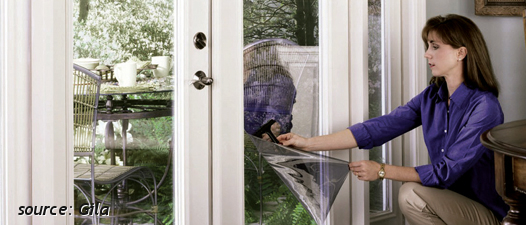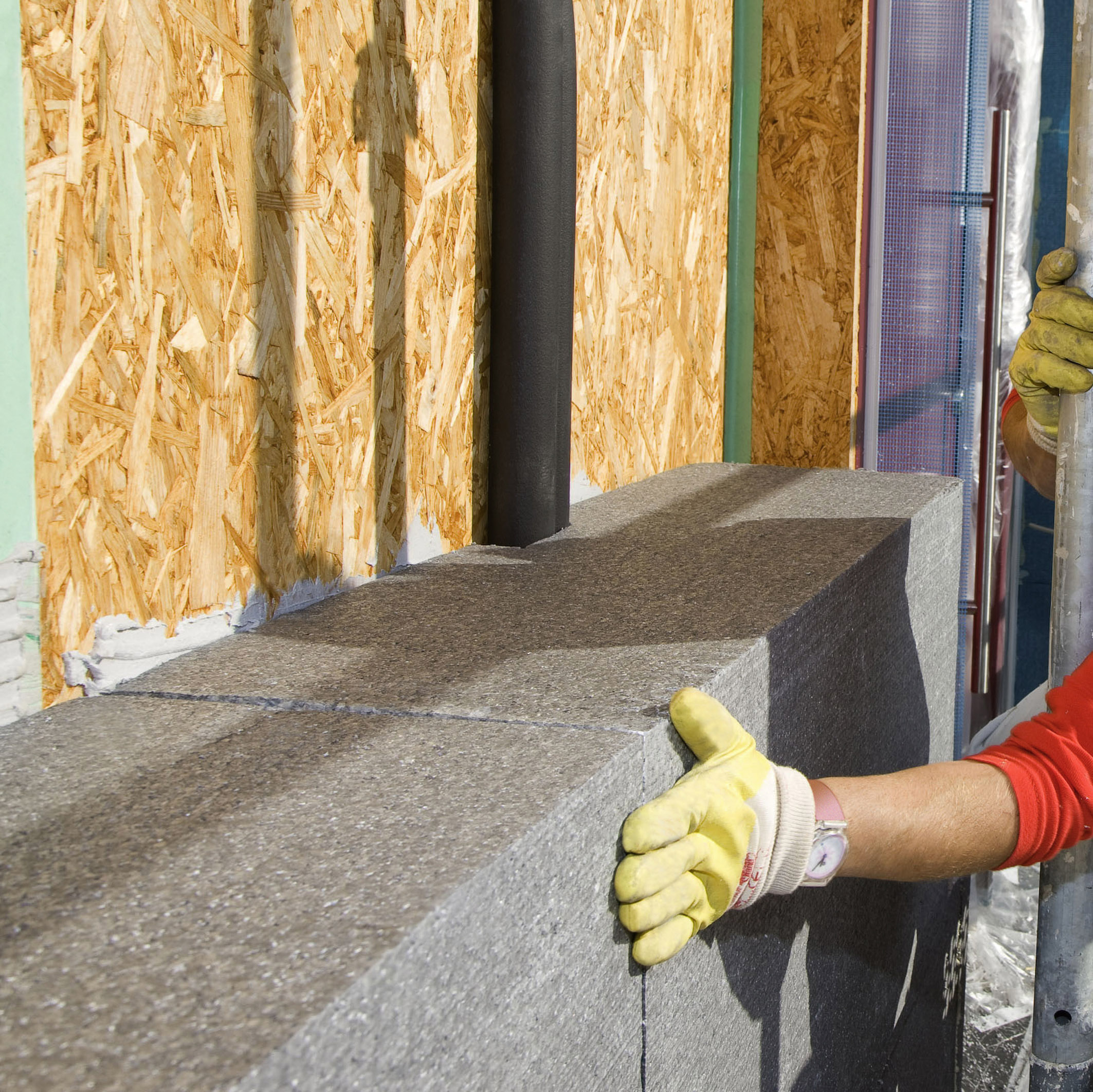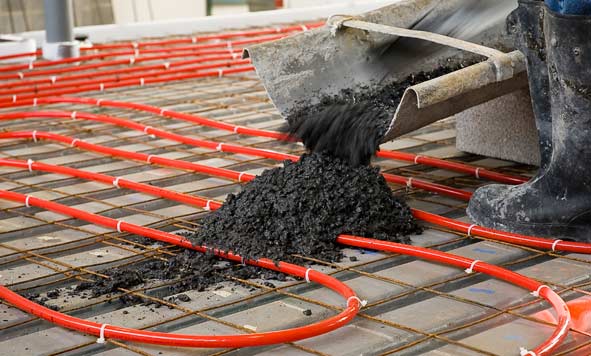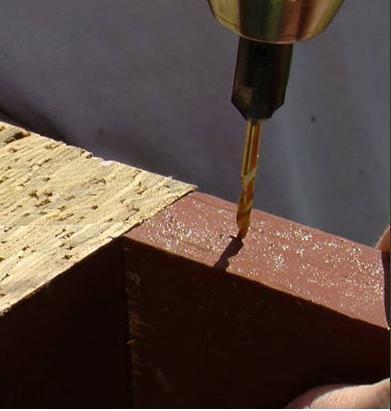Occupational Safety in Sustainable Building Renovations
May 11, 2012--The most sustainable materials are often recycled materials. The same can be said for buildings in some cases. But it is important to realize that when cleaning up an older building you often run into unsustainable materials that can be hazardous to contractors during renovation. Our friends at Asbestos.com have delivered a featured blog post to share some of the hazards of renovating a building.
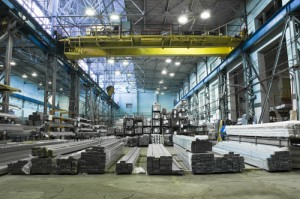
As the “environmentally friendly” movement continues to gain popularity, sustainable building renovations are also taking up an ever-increasing percentage of construction projects.
Some sustainable renovations are simple, like adding rooftop solar panels or installing new light shelves. However, other renovations that can enhance a building’s “green” factor can damage asbestos-containing materials, posing an exposure threat to the workers.
Sustainable renovations that might release asbestos into the air include:
- Tuning up heating or cooling systems (often insulated with asbestos)
- Clearing out boilers (also insulated with asbestos)
- Tearing up carpet to expose terrazzo flooring (asbestos was once an ingredient in carpet glue)
- Replacing old windows (asbestos has been found in wall cladding and window sills)
During these renovations, or any other renovations where older construction products are disturbed, workers must make asbestos safety a priority. Asbestos is a natural material, but it can cause cancers such as mesothelioma and lung cancer if it is inhaled or ingested. Construction (both on traditional and sustainable projects) poses one of the largest risks for asbestos exposure.
Reducing Asbestos Risks during Renovation
Unfortunately, the presence of asbestos is almost guaranteed in buildings that were constructed before the 1980s, and handling asbestos-containing materials is sometimes unavoidable. However, asbestos safety procedures can reduce the risk of releasing asbestos fibers into the air.
Before performing any construction activities on a potentially asbestos-containing material, workers should send samples of the item in question to a laboratory, where its asbestos content can be confirmed.
If a product is found to contain asbestos, workers can employ wet-removal techniques (or dry ice techniques when dealing with certain asbestos adhesives) to reduce the chances of asbestos entering the airspace. Any debris that is released during the construction process should be treated with care and vacuumed up by a machine equipped with a HEPA filter before the construction crew leaves the site.
While performing these sustainable renovations, construction workers must wear appropriate safety gear as provided by their employer. Personal protective equipment recommended for asbestos-contaminated jobsites include disposable coveralls, eyewear, boots, gloves and full-or-half-face respirators with a HEPA filtered cartridge.
Author bio: Faith Franz is a writer for the Mesothelioma Center. She combines her interests in whole-body health and medical research to educate the mesothelioma community about the newest developments in cancer care.
Posted by John Noriega.
